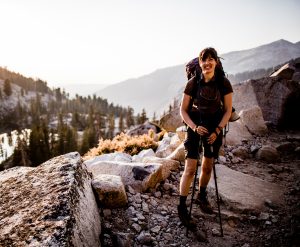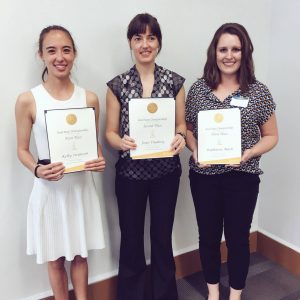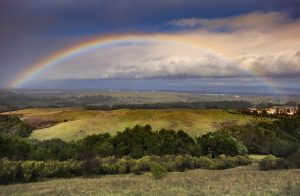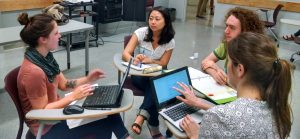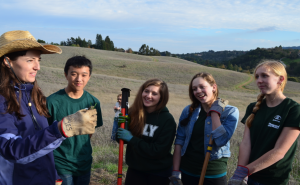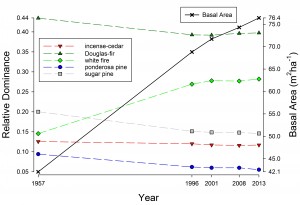Carmen Tubbesing and John Battles helped organize a field trip to the Last Chance site of the Sierra Nevada Adaptive Management Project (SNAMP) to discuss recent research results with a diverse group. There were over 30 attendees, including local Forest Service district rangers and foresters, Cooperative Extension advisors, non-profit groups, media, lumber production industry representatives, and other local stakeholders.
We visited sites that were treated with fuel reduction treatments, monitored, burned in the 2013 American Fire, and re-measured. This provided a great opportunity to learn about how fuel treatments affect forests and fire resiliency. The group discussed on-the-ground applications of forest research and the challenges that go along with it.
This field trip was possible because of the Graduate Students in Extension (GSE) fellowship, which awarded Carmen a fellowship for her to broaden the audience reached by her research results. Susie Kocher, a UC Cooperate Extension Advisor and Carmen’s GSE mentor, was instrumental in planning and executing the field trip, as was Vic Lyon, District Ranger of the American River Ranger District.
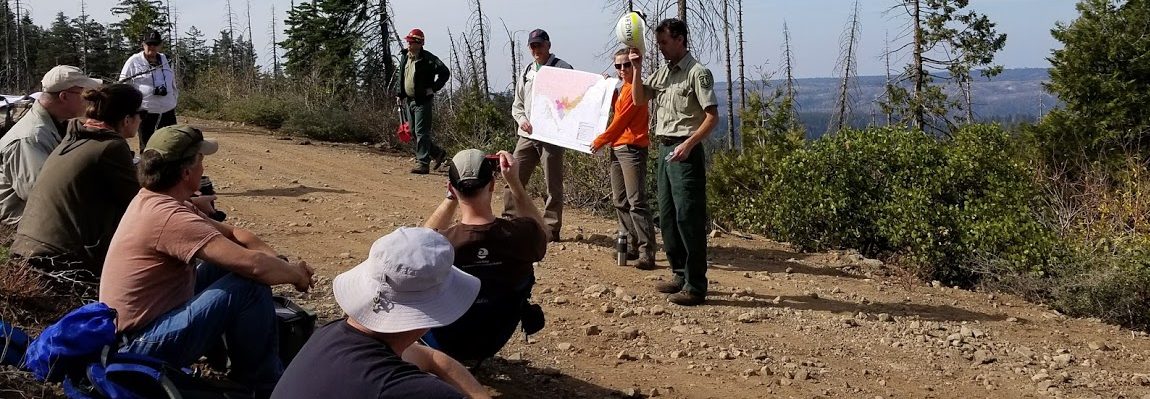
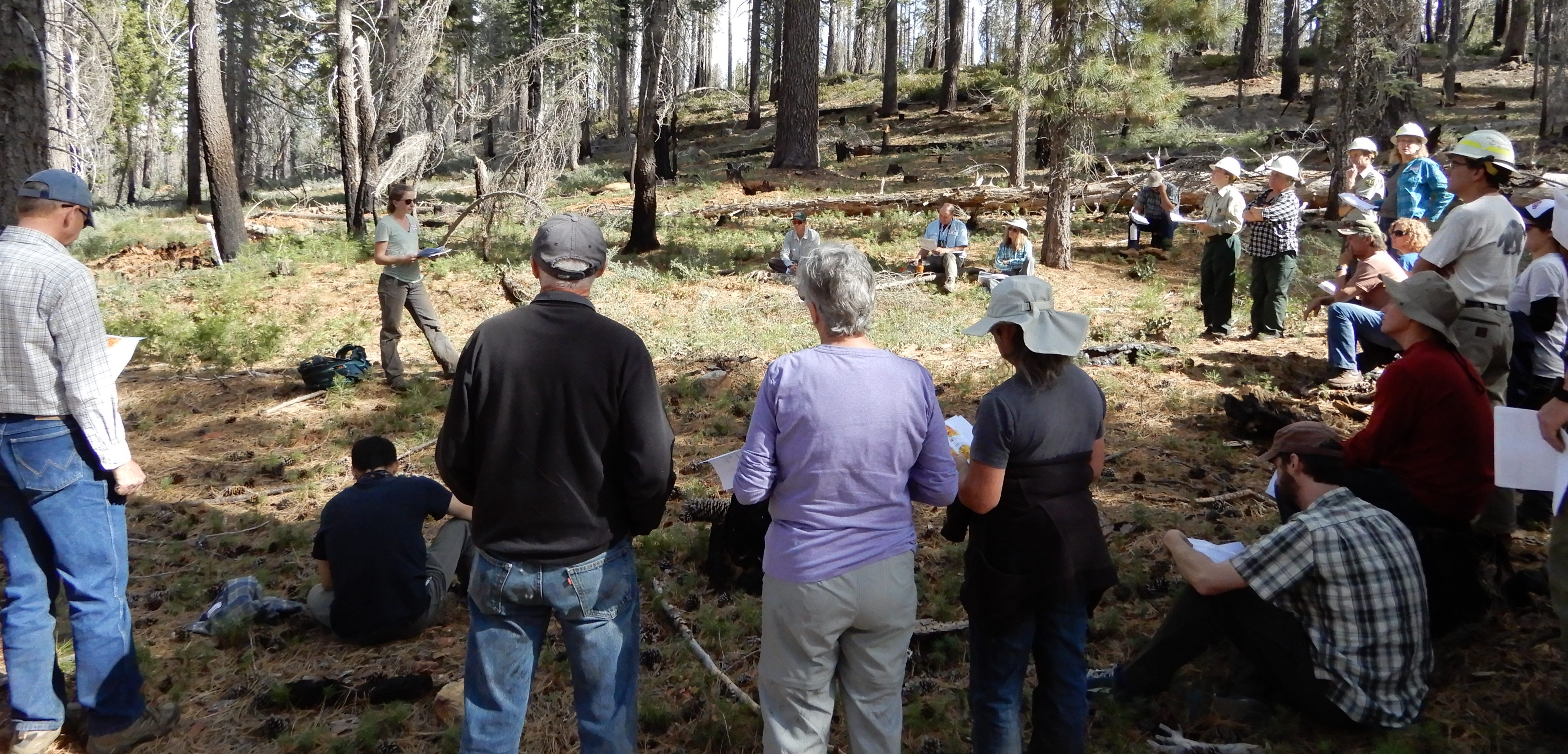

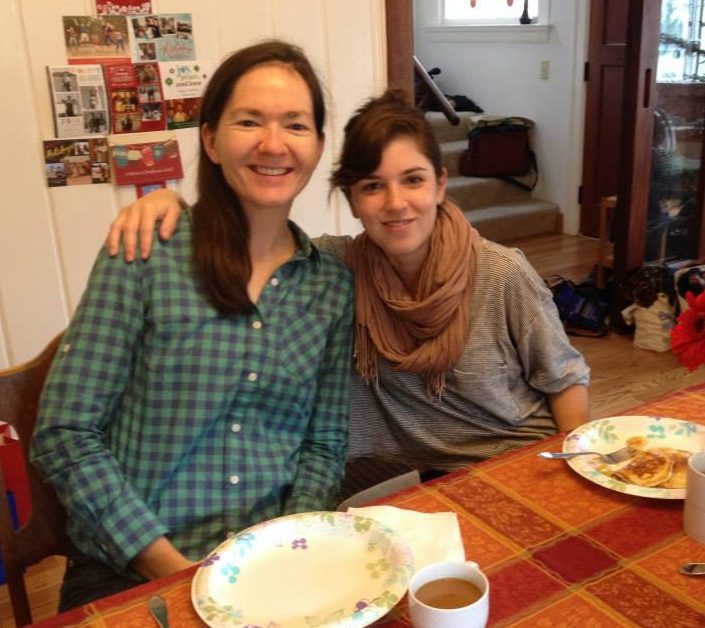
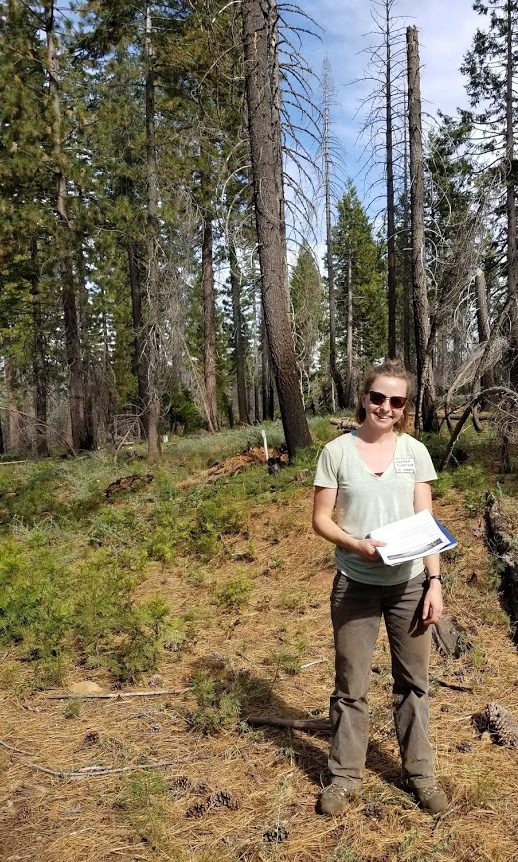
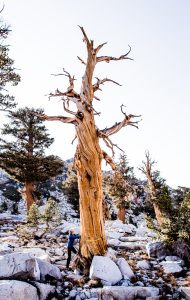
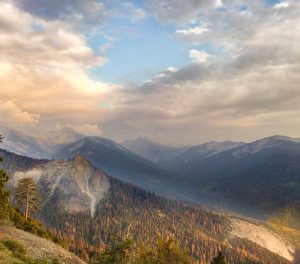 Congratulations to Carrie Levine for publishing a ground-breaking study! Levine’s paper refutes previous research that was the basis for a lawsuit against restoration efforts following the Rim Fire.
Congratulations to Carrie Levine for publishing a ground-breaking study! Levine’s paper refutes previous research that was the basis for a lawsuit against restoration efforts following the Rim Fire.